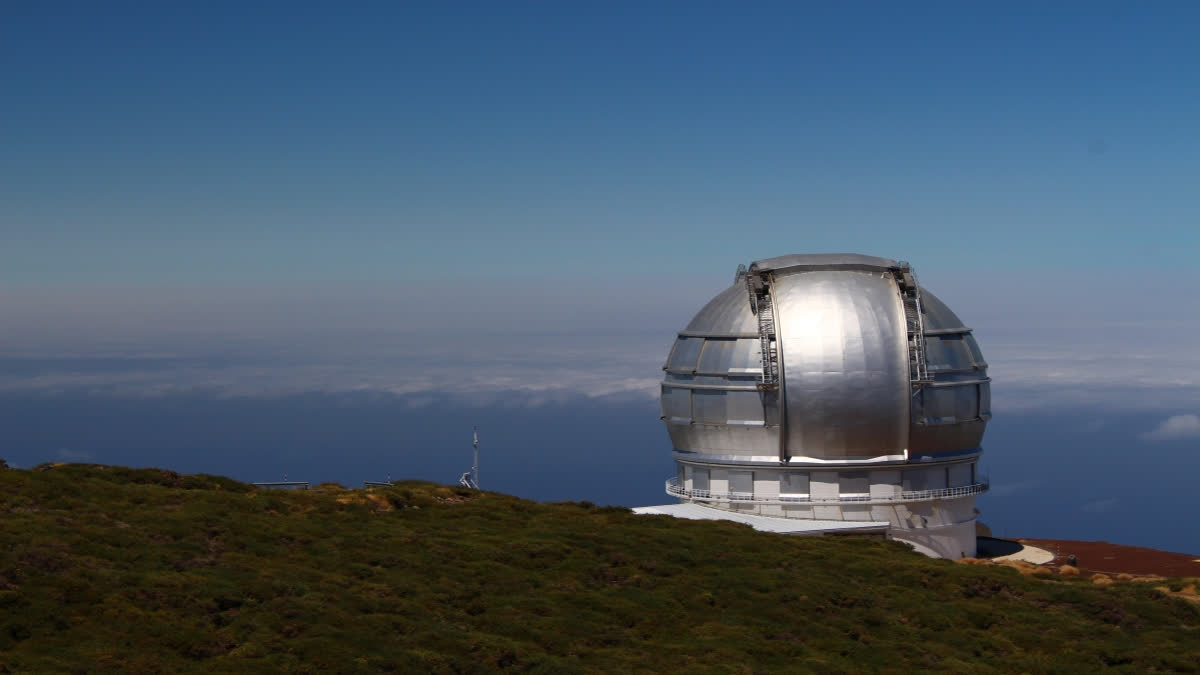Hyderabad: The global community marks the 'International Day for Biosphere Reserves' on November 3, in accordance with the decision made during the 41st session of UNESCO's General Conference. This annual observance serves the vital purpose of highlighting and promoting the activities of Biosphere Reserves (BR) that endeavour to harmonise the conservation of ecosystems with their sustainable use, fostering coexistence between human society and the natural world within the framework of the Man and Biosphere (MAB) Programme.
Launched in 1971, the Man and the Biosphere Programme stands as UNESCO's oldest inter-governmental scientific initiative. UNESCO Biosphere serves as a catalyst for positive change, taking the lead in local and international collaborations to address pressing global issues such as climate change and the loss of biodiversity.
What are biosphere reserves?
Biosphere reserves are ‘learning places for sustainable development’. They are sites for testing interdisciplinary approaches to understanding and managing changes and interactions between social and ecological systems, including conflict prevention and management of biodiversity. They are places that provide local solutions to global challenges. Biosphere reserves include terrestrial, marine and coastal ecosystems. Each site promotes solutions reconciling the conservation of biodiversity with its sustainable use. Biosphere reserves have shown that it is possible to live in this world while also establishing a sustainable and harmonious relationship with nature.
Importance of biosphere reserves
One of the key contributions of biosphere reserves lies in showcasing that it is indeed possible to inhabit our planet while simultaneously establishing a sustainable and harmonious relationship with nature.
Biosphere Reserves play a pivotal role in:
Gene Banks:Safeguarding the diversity of genes, plant and animal species, ecosystems and landscapes, which are under increasing threat, while recognising their contributions to food, fibre, medicines and raw materials.
Maintaining healthy ecosystems: Bolstering the preservation of life-sustaining systems by preventing soil erosion, protecting water sources and facilitating the recycling of nutrients and absorption of air and water pollutants.
Providing open classrooms: Serving as research sites to understand natural resource organisation, enabling the recreation of landscapes impacted by human activities, monitoring climate change and making informed decisions.
Land use planning: Managing land use in a participatory manner, allowing various stakeholders, including landowners, public institutions, scientists, farmers and conservation groups, to address conflicts and common interests while coordinating comprehensive land management.
